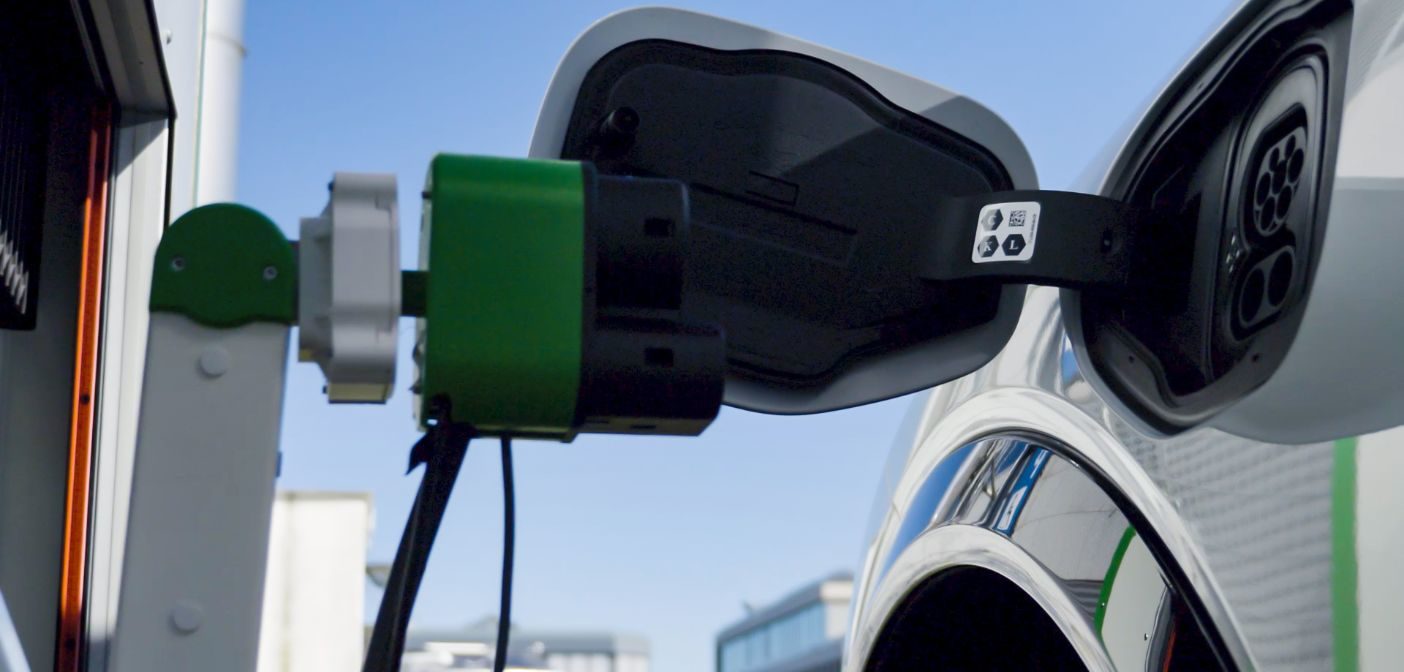US automotive manufacturer Ford has developed a prototype robot electric vehicle (EV) charging station that disabled drivers can operate via their smartphone from inside their EV.
The technology could enable disabled drivers to stay in the car or leave the vehicle while charging.
Ford is testing the robot charging station as part of a research project to develop hands-free charging solutions for EVs and fully automatic charging for autonomous vehicles.
Following initial lab testing, Ford researchers are now evaluating the robot charging station in real-life conditions.
Once activated, the station cover slides open and the charging arm extends toward the inlet with the help of a small camera.
For the trial, drivers were able to monitor the charge status via the FordPass app. After charging, the arm retracts back into place.

Birger Fricke, research engineer, Research and Innovation Center, Ford of Europe, said: “Ford is committed to ensuring freedom of movement and right now refuelling or charging your vehicle can be a major problem for some drivers.
“The robot charging station could be an added convenience for some people but absolutely essential for others.”
In future, the robot charging station, custom-made by Dortmund University, in Germany, could be installed at disabled parking spaces, in car parks or at private homes.
According to Ford, further applications could include fast and efficient charging of company fleets. The technology could also support more powerful charging to charge vehicles in a much shorter time.
What’s more, in future, Ford believes the process could become fully automated, with minimal or no driver involvement.
In this scenario, the driver would send the vehicle to the charging station, with the infrastructure ensuring it reaches and returns from its destination autonomously.
A follow-up project with EV charging network provider Ionity will look to further improve the robot charging station.
Ford is also researching into robot charging solutions in combination with automated valet parking.







